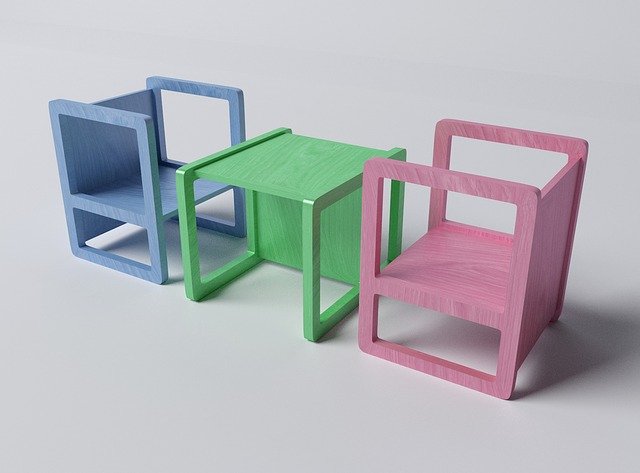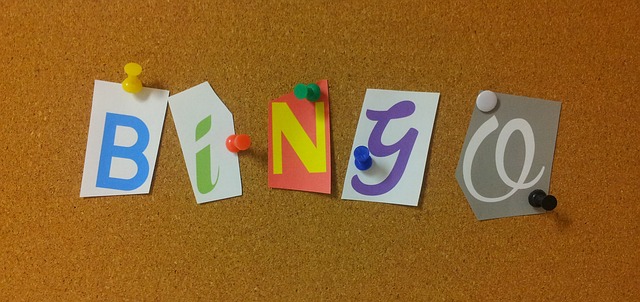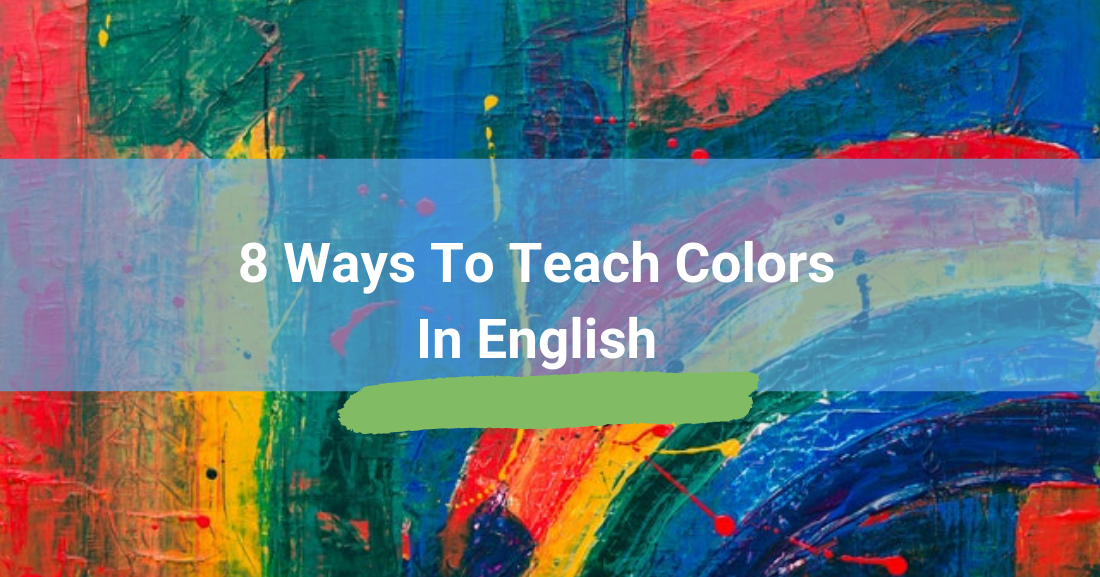
Color words are key vocabulary in any language, at any age. Being able to describe something by its color is something we do every day.
Teaching colors to a beginning English learner can be challenging. They may not have enough vocabulary for you to be able to describe things to them in order to teach colors. In this article, you will find 8 activities to teach colors even to someone at the most primary level, no matter what age. The first six activities require no writing and little to no reading. The last two activities do require minimal writing and reading skills. Let fun color your world with these great activities!

Check Some Fresh Ideas to Teach Colors
-
1
First Thing’s First
First, the vocabulary must be introduced. This is best done with a card that has the target color on it along with the written name of the color. Showing one card at a time, it is good practice to pronounce the color clearly to the class, and then have them repeat it as a class back to you. Do this with several colors and then review just those colors. Then do that with another small set of colors, reviewing as you go. Eventually, mix up all of the cards and review them with the students. After this initial presentation, you may start playing games and doing other activities to reinforce the color words.
-
2
Swap Seats
This game will keep everyone hopping, even adults. To start, review what the colors are and point out what colors people are wearing. Put chairs in a circle, enough so that each student has his own chair. Hold up a color card, and have all those who are wearing that color swap seats. After the students become comfortable, take one seat away after calling the color so that someone will not have a seat after swapping. That person is then out. Play until there is a winner. Students of all ages enjoy this engaging game.

-
3
It’s All in the Bag
This is another fun game for reinforcing colors. This one requires some prepping ahead of time for you. You will need to gather various small items of different colors and put them in a large canvas bag. You will also need either a color wheel which you can spin and have it land on a certain color or a small deck of cards with the colors on them. In class, explain to the students that they will be hunting for a certain color. Have one student spin the wheel or pick a card to choose a color. Have the other students each blindly pick an item from the bag. They must tell you what color it is. If it matches the target color, they get a point. This continues until all of the items are gone from the bag. Whoever has the most points at the end of the game, wins.
-
4
I Spy
The traditional game of “I Spy” is great for teaching colors. You should start by saying explaining the meaning of the phrase “I spy.” Then say, “I spy something __________ (name of color). The students need to guess what you are thinking of in the classroom. Try to be mindful of the fact that some students may not have the vocabulary to name their intended item. First, have them try to describe it, but if you see frustration setting in, you may let them point to it and give them the word. This game can help not only with color words, but with general vocabulary as well. You’ll see how determined to use their vocabulary a student can become if they want to guess that item!
-
5
B-I-N-G-O!
Playing Color Bingo will help enliven any classroom! Students of all ages enjoy playing bingo, and Color Bingo will help them put to use all of their vocabulary. If you have or can find a Color Bingo game, that is great. If not, you can easily make one. Print out a blank one (easily found on the internet), get something for them to use as markers or chips on the board, and hand out one card to each student.
Also, give them markers, crayons or colored pencils in the colors that you want in your game. Put up color cards for all of the colors you want to include in the game, and tell the students to color in their boxes using the colors on the board in whatever order they choose (be sure to have them mark the center box as a free space, if appropriate. Next, start calling the colors. Students need to mark each color as it is called, and call out, “Bingo!” when they have it. Then they need to say the colors as they check them with you. You may want to have small prizes available for the winners.
-
6
Concentration
Another fun game for learning colors is concentration. In this game, there are two sets of cards:
• One with the colors in word name
• One with the colors right on them
Again, this game may be found commercially, but you may also make it yourself. Either way, you place all cards out on the table, face down. Students must turn over two cards and either read them or say what color it is. If they have a match, they take them. The person with the most matches at the end wins. If you are making it yourself, there is a way to vary the degree of difficulty.
The easier way is to make the back of the word cards one color, and the back of the color cards another color. This way, students know to take one of each color every time, and they will not pick two word cards at once. The more difficult way is to make the backing of all cards the same color. This will make the memory portion of the game even more challenging. If you only have a few students you can all play together and you can be a part of it. Otherwise, set the games up and walk around the room to supervise all groups. If you have volunteers, this would be a great way to use them. -
7
Which Color is Your Favorite?
This activity is best for students who can sit and interview each other. Each pair of students will get a sheet of paper with 5 (or more) questions on it, each of which can be answered with a color. For example, “What color is your favorite snack?” or “What color is your favorite shirt?” Students take turns asking each other these questions.
They must be answered in a complete sentence, such as, “My favorite fruit is red.” This activity promotes oral communication among students which is important to foster their confidence in general. When they are done, each partner introduces the other. For example, “My partner is ____________. (name) His favorite fruit is blue. His favorite ice cream is white,” and so on. Students bond during this activity which reinforces colors. Forming relationships in an ESL classroom is essential because as the student’s comfort level rises, so does his desire to communicate in that classroom. -
8
Riddle Me This
This activity is for students who can write and have some English vocabulary. Have the student think of a color and then think of three objects that begin with that color. Have them fold a piece of paper in half, to make a card shape. On the inside, have them write the name of the color the others will try to guess. On the outside, have them write the name of the three objects which are that color. Have them take turns coming up to the front of the room and reading their three clues to the class. See if someone can guess the color they are thinking of. This activity reinforces general vocabulary as well as the color words.
All of these activities will provide great practice in learning colors for your students.
Use them sporadically throughout your sessions, or focus on colors for a class or two by playing several games in a shorter period of time. However you decide to teach your students their colors, they will be thankful you have these fun activities to help them on their way!
P.S. If you enjoyed this article, please help spread it by clicking one of those sharing buttons below. And if you are interested in more, you should follow our Facebook page where we share more about creative, non-boring ways to teach English.







